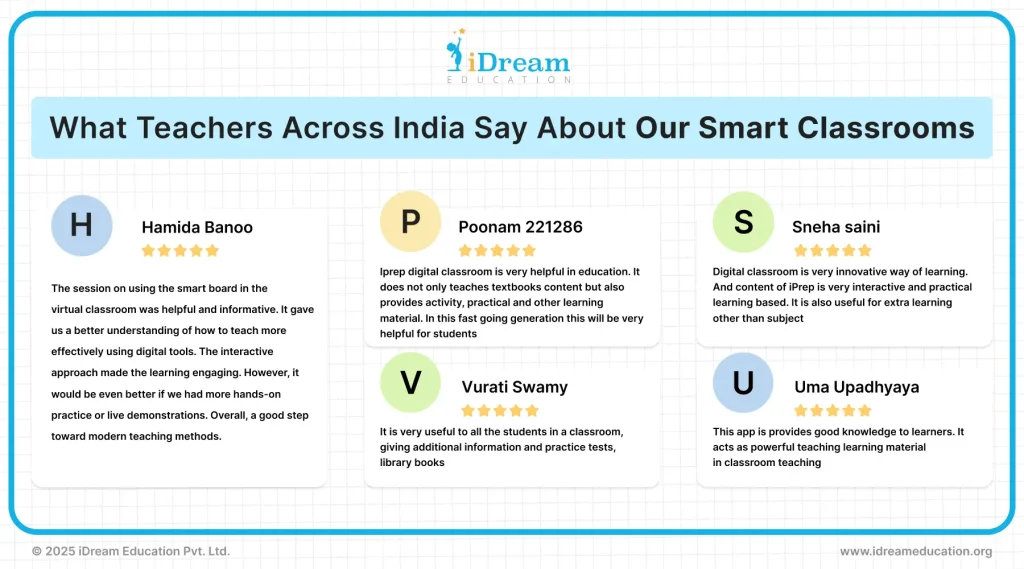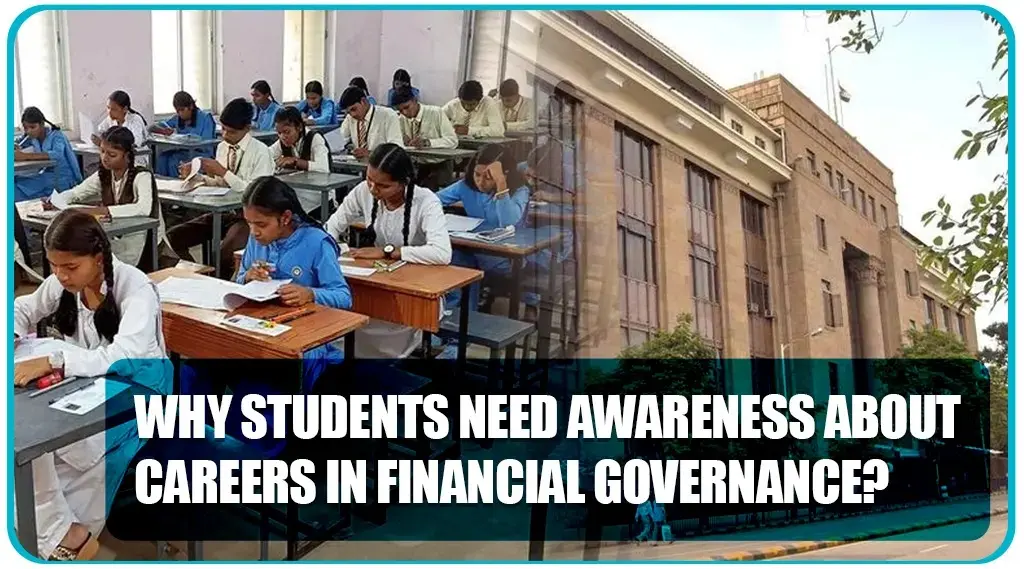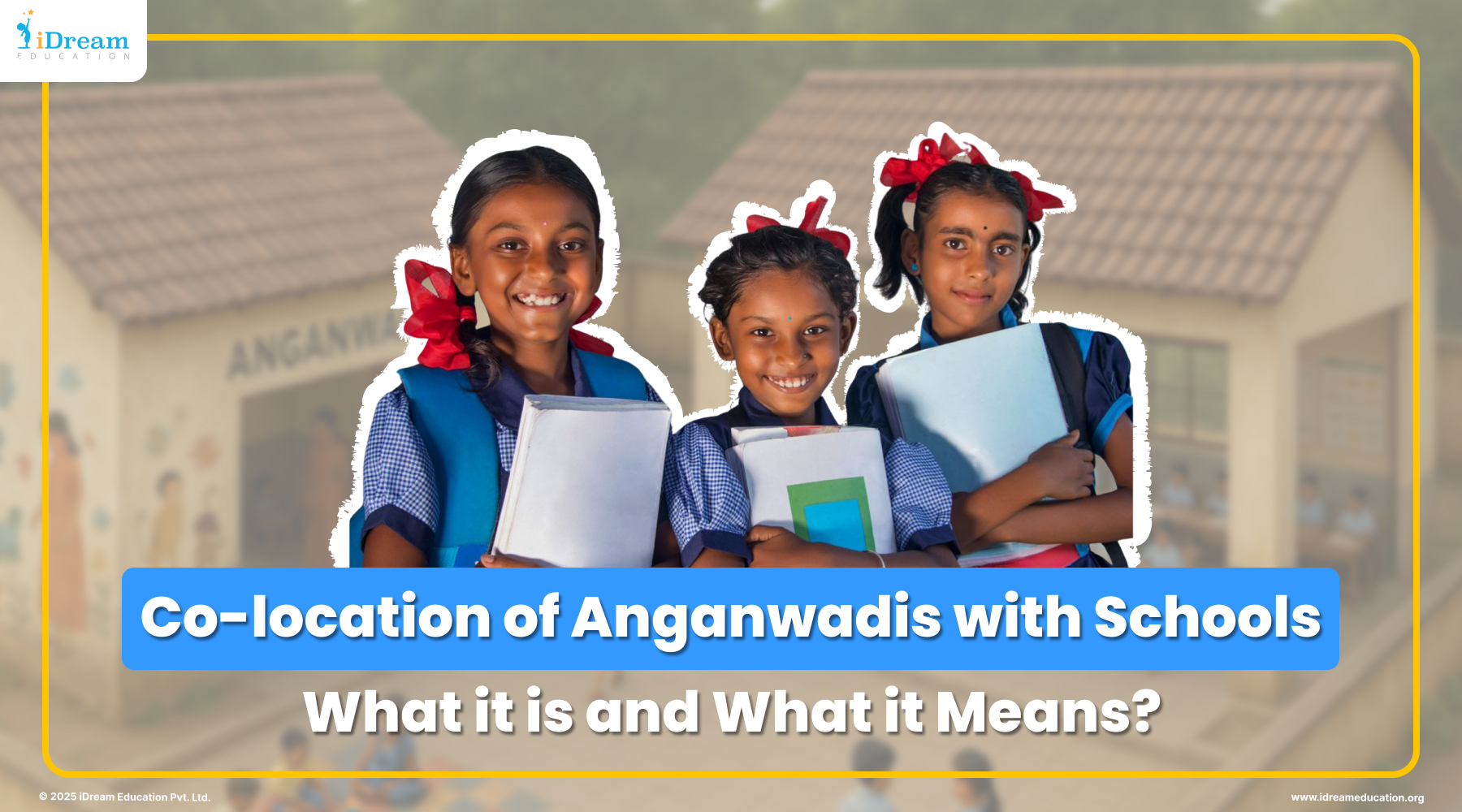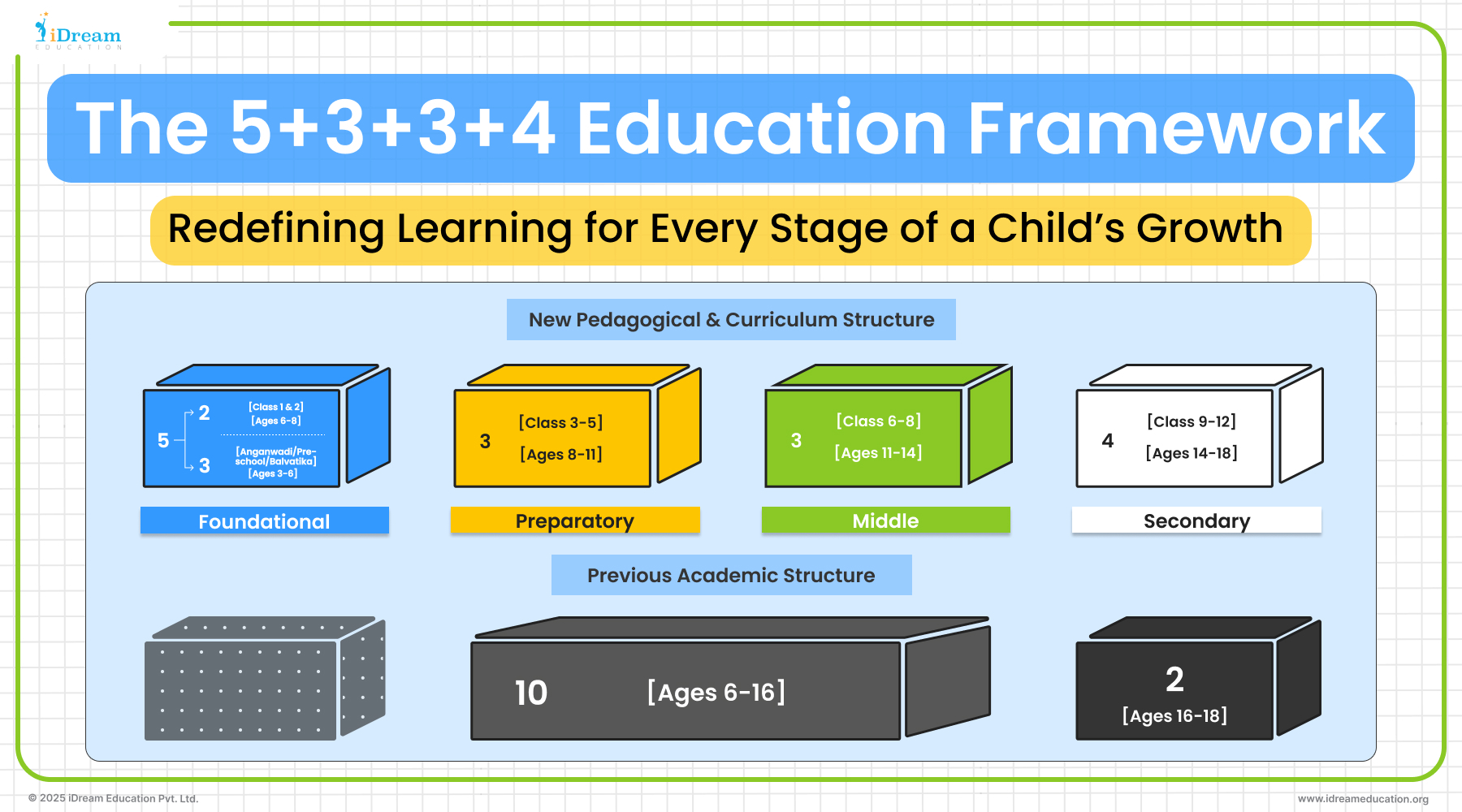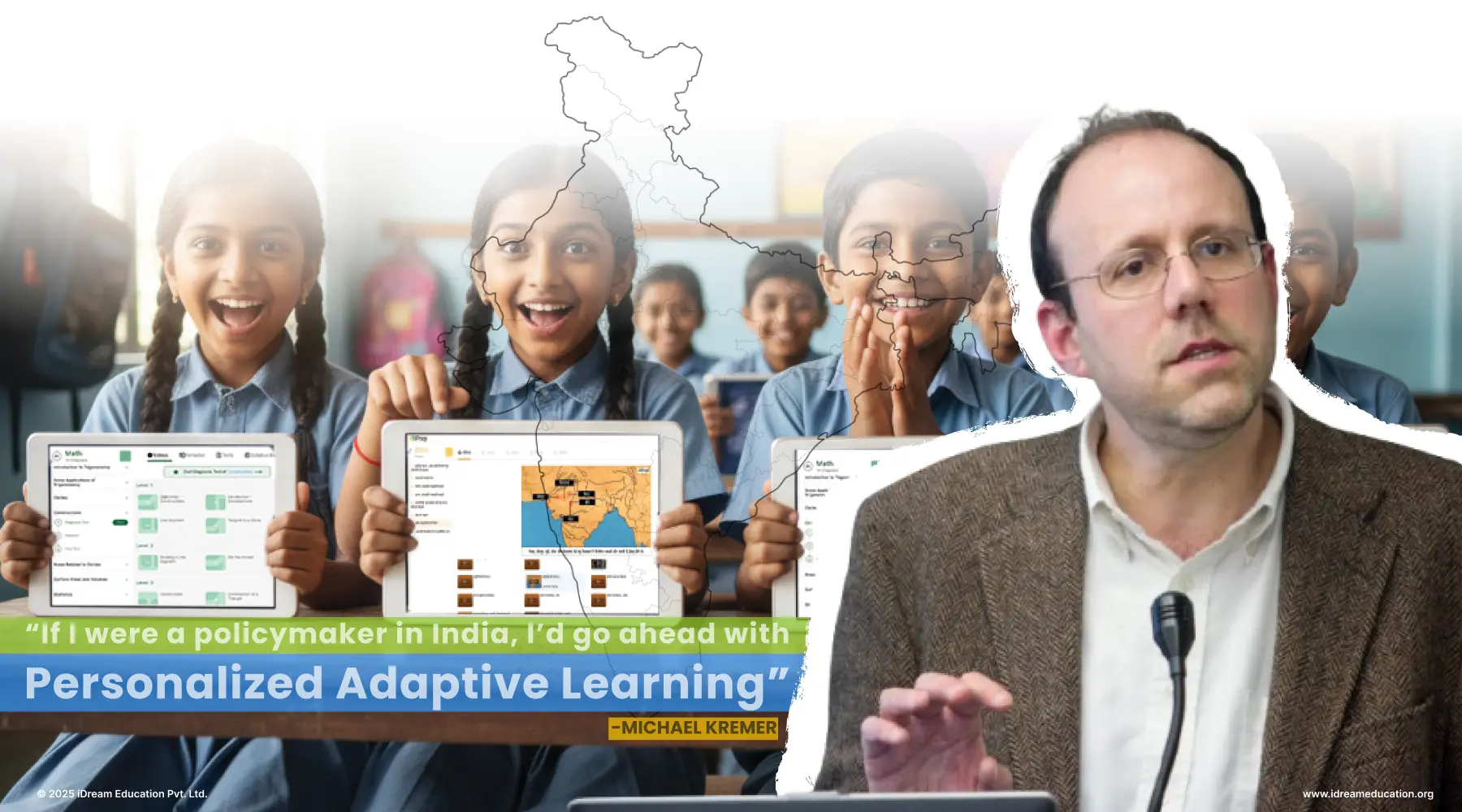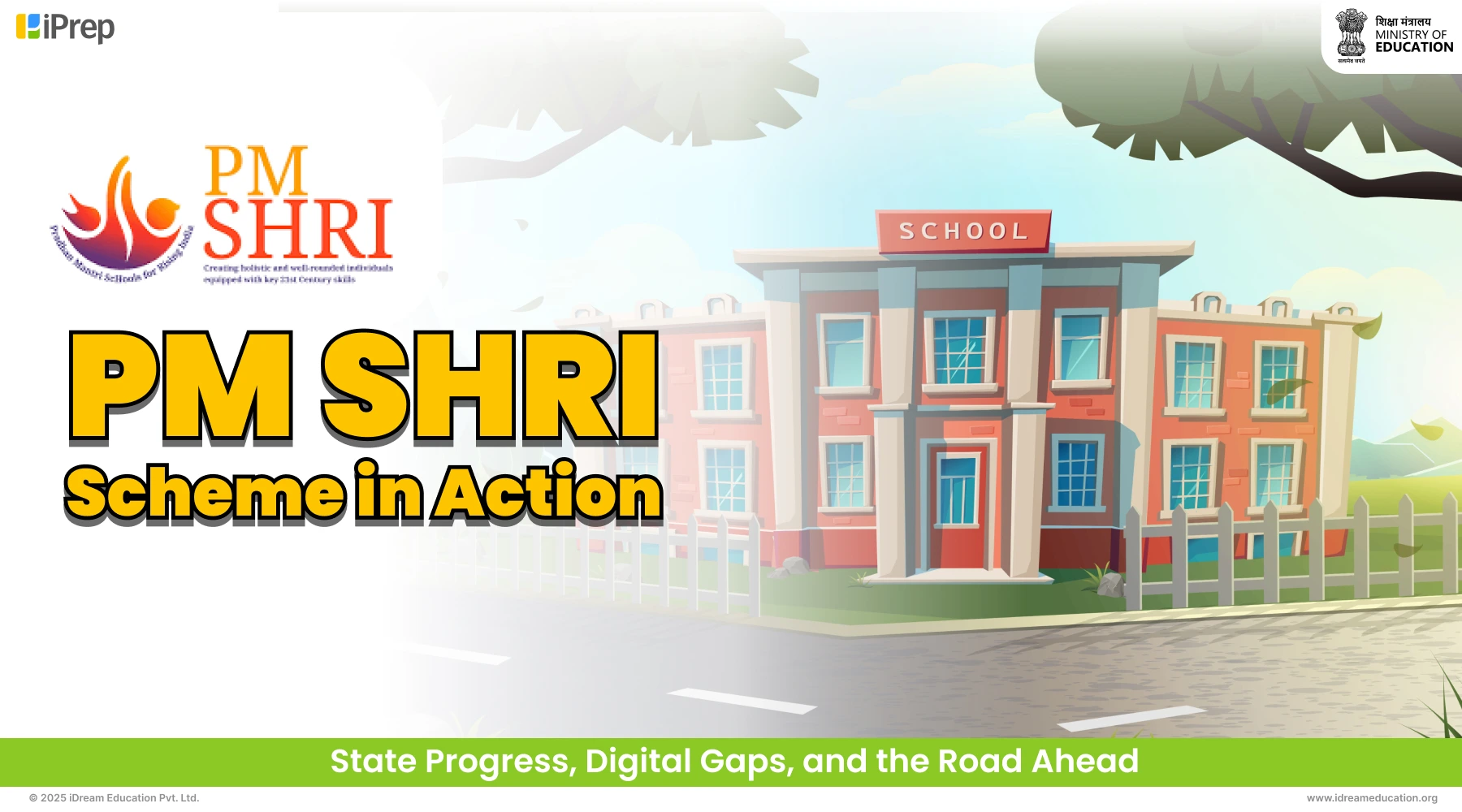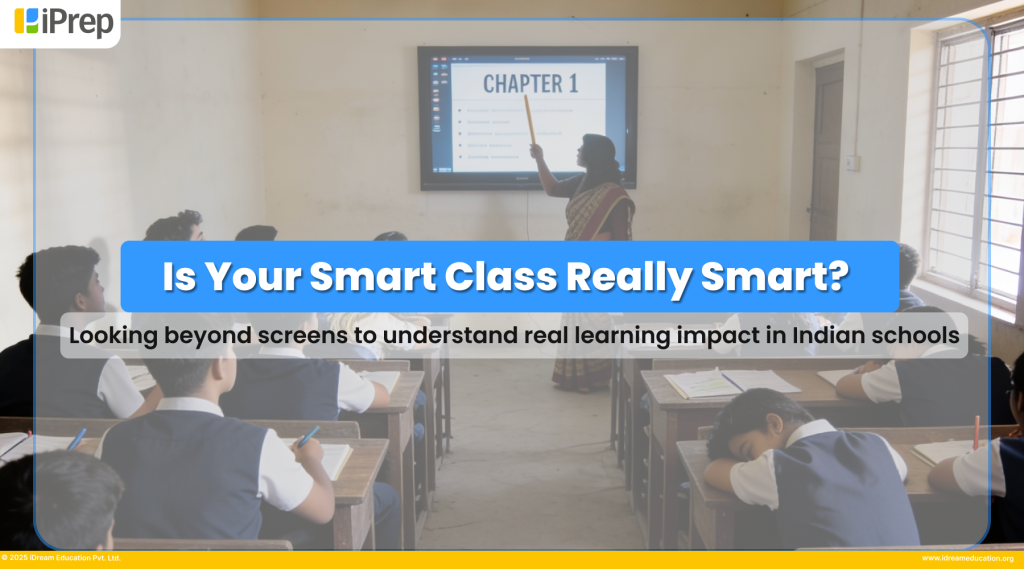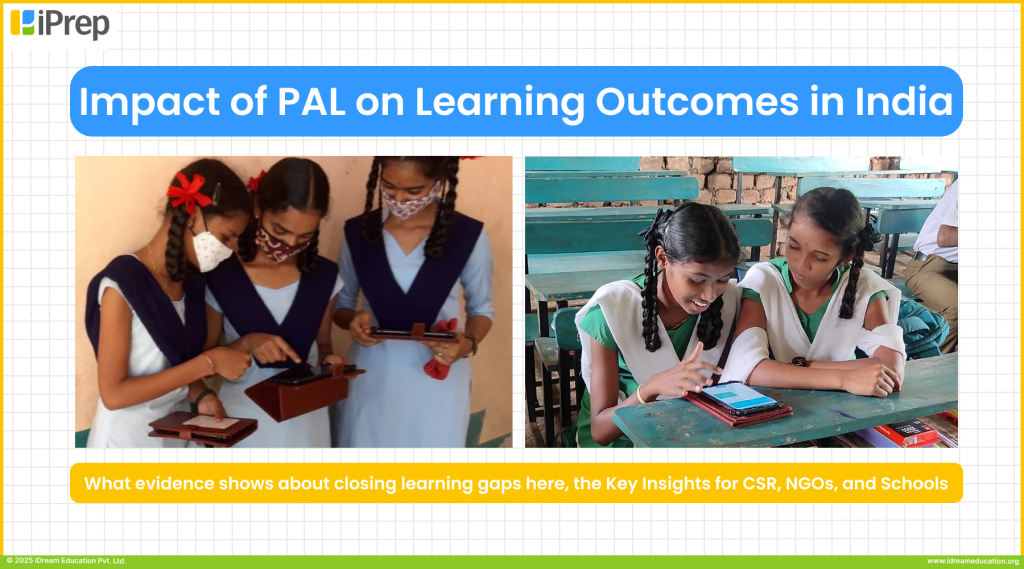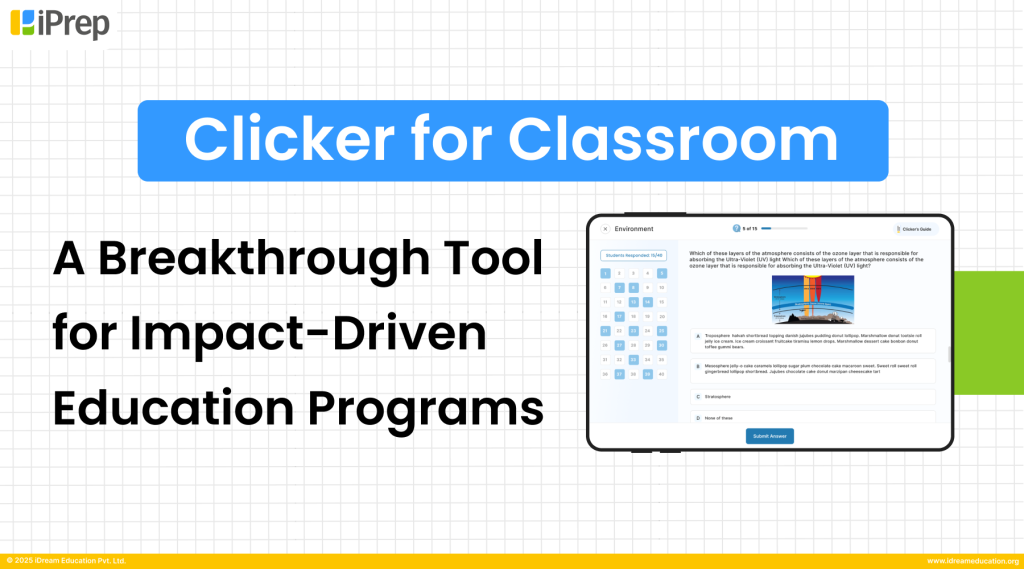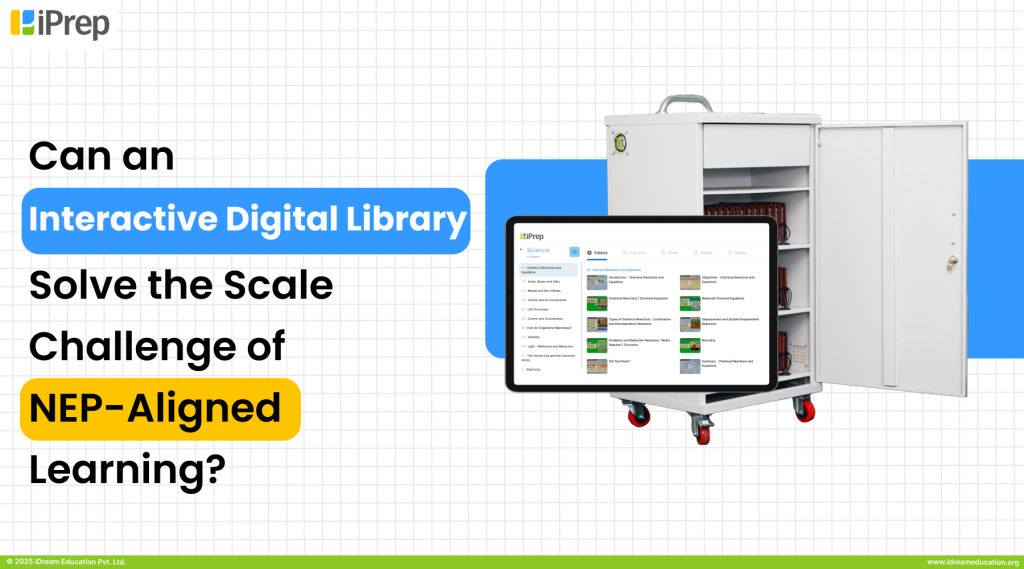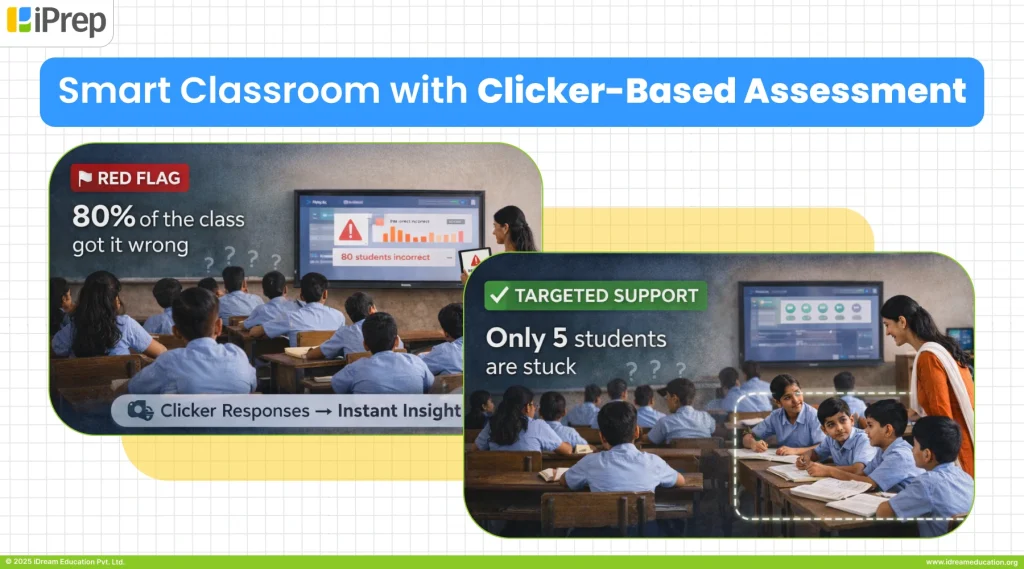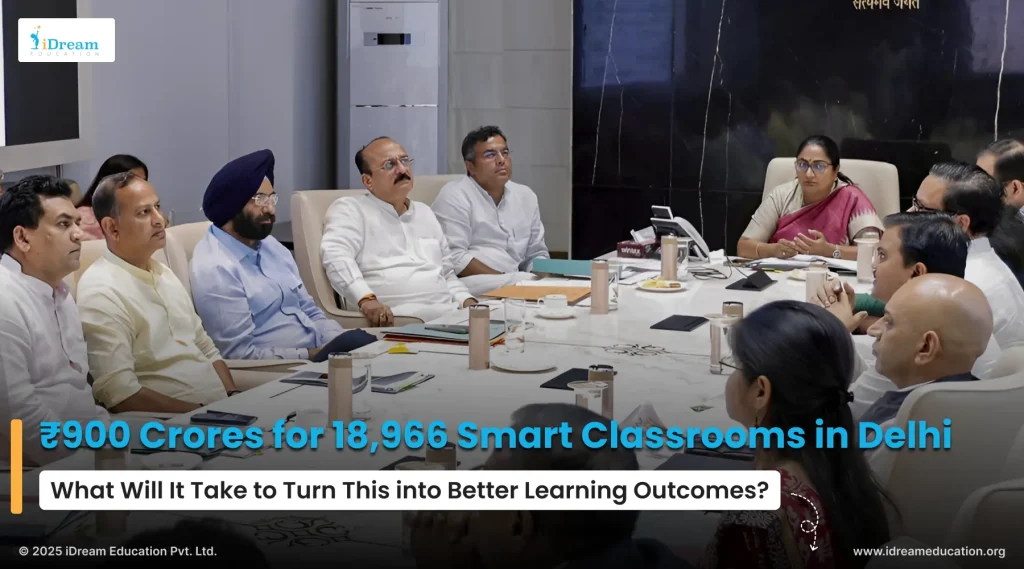
The Delhi government has sanctioned a ₹900 crore investment to set up 18,966 classrooms into smart classrooms in Delhi across public schools. This happened in a cabinet meeting chaired by Chief Minister Rekha Gupta Ji on July 9. This initiative was discussed as a core step towards modernising education for Classes 9 to 12. This smart classroom in Delhi initiative includes Interactive panels, audiovisual aids, and smart blackboards. These will be set to become part of everyday teaching, aiming to change how learning happens in government schools.
Education Minister Shri Ashish Sood said,
“The Delhi government will transform 18,996 classrooms in its schools into smart classrooms. This will include facilities such as interactive panels and audiovisual aids, for Classes 9 to 12 in a phased manner. This effort is part of a broader vision, a phased digital classroom expansion aligned with the National Education Policy (NEP) 2020.”
Further, briefing the media he further said,
“The additional classrooms will bring the total number of smart classrooms in the city to 21,412 by 2029-30″ He also said, “The plan to create additional smart classrooms is part of a comprehensive digital classroom expansion plan. The project is in line with the National Education Policy (NEP) 2020.”
He added,
“Already, tenders are out for installing 2,446 smart blackboards in 75 CM Shri Schools as the first tangible step toward this vision.”
The Delhi government’s focus on education is clear.
Out of Delhi’s total budget of ₹1 lakh crore, ₹19,291 crore – almost one-fifth has been set aside just for education. That makes it the highest-funded sector this year, showing a strong commitment to improving how students learn in schools.
But as Delhi moves forward with this bold investment, one critical question remains:
Will the shift to smart classrooms in Delhi be a turning point for students in Delhi, especially those in government schools? Or will the promise of technology remain underutilised without structured digital content as per NEP, and a teaching-learning platform that records and tracks usage?
Smart Classrooms in Delhi Need More Than Just Screens – They Need a Strategic Intervention
Over the past 9 years, working closely with government school teachers through smart classroom projects across India, one insight has become crystal clear: Smart classrooms without preloaded, curriculum-aligned content are just expensive hardware.
For many teachers, using such setups becomes a burden rather than a support. Why? Because they are expected to connect devices to the internet, search for relevant content, check if it matches the syllabus and language medium. Plus, all within their already packed 40–45 minute class time. This makes smart classrooms difficult to integrate into regular teaching and often leads to underuse.
Technology alone does not drive change. To drive change, we need meaningful content, easy usability and continuous reporting
If Delhi truly wants its ₹900 crore investment to create a long-term impact, smart classrooms must be given preloaded with high-quality digital content that matches the curriculum, the textbook structure, and the medium of instruction used in schools. When teachers can simply mirror the textbook lessons through multimedia content such as animated lessons, practice, notes, digital books – it becomes a powerful tool for daily teaching. Lesson planning becomes richer, instruction becomes clearer, and learning becomes more engaging.
Plus, there’s another crucial piece that often gets ignored: DATA.
To make smart classrooms in Delhi effective and accountable, the government must implement them with a learning management system (LMS) that not only delivers content but also tracks usage. A system that gives subject-wise usage reports and insights into how classrooms are being used. This usage data should be further synced to central dashboards for project administrators. They can then monitor adoption, spot gaps, support teachers, and make data-driven decisions.
Without these two pillars: comprehensive offline content and a smart platform with analytics, smart classrooms risk becoming underutilised assets. At best, they’ll serve as display tools for occasional videos. At worst, they’ll gather dust, with no clear way to measure impact or improve learning.
The real opportunity here lies not just in digitising infrastructure. It also lis in digitising pedagogy to make teaching easier, more effective, and more aligned with NEP 2020’s vision of personalised, engaging learning for every child.
Closing Thoughts
At iDream Education, we have seen and experienced that when smart classrooms are thoughtfully implemented, not just with hardware, but with comprehensive offline educational content, a user-friendly LMS, and deep reporting and analytics – real change begins to happen.
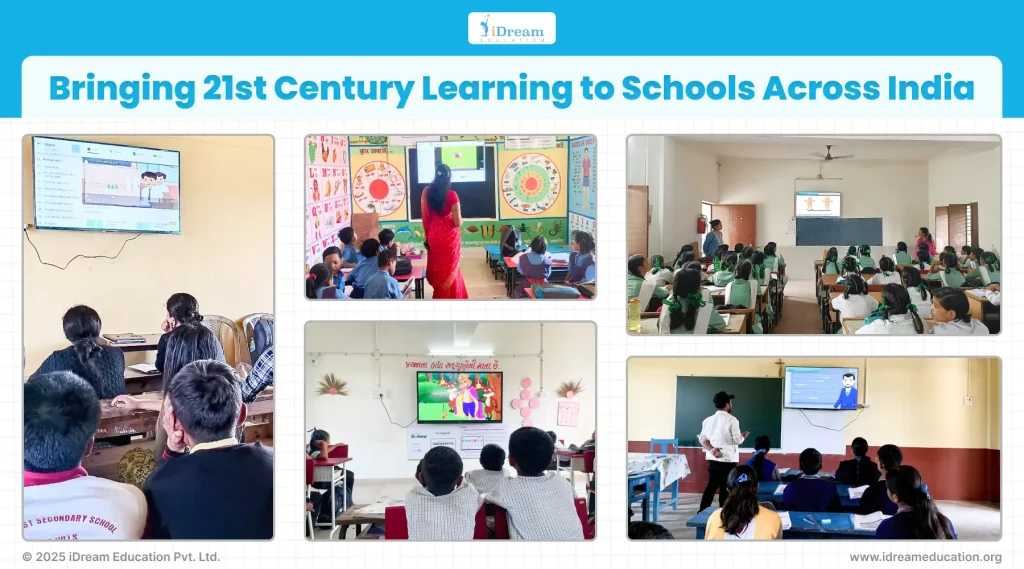
With the iPrep LMS and content, we’ve enabled thousands of schools across India to bring smart classrooms to life. These classrooms are not just screens on walls, they are active learning spaces. Spaces where teachers use preloaded, curriculum-aligned content in their preferred medium. This helps them to plan lessons better, explain concepts more clearly, and keep students more engaged. And because usage data is tracked, school/project administrators can monitor adoption. This can further help them identify specific needs, conduct focused teacher training, and assess students’ progress.
This is the path to truly driving learning outcomes
As Delhi prepares to roll out one of the country’s largest smart classroom projects. We hope this becomes more than a technology upgrade. We hope it becomes a teacher empowerment initiative, a student learning enhancement, and a model for other states to follow. Because in the end, it’s not the screens or blackboards that matter most, it’s how we use them to bring learning alive.
